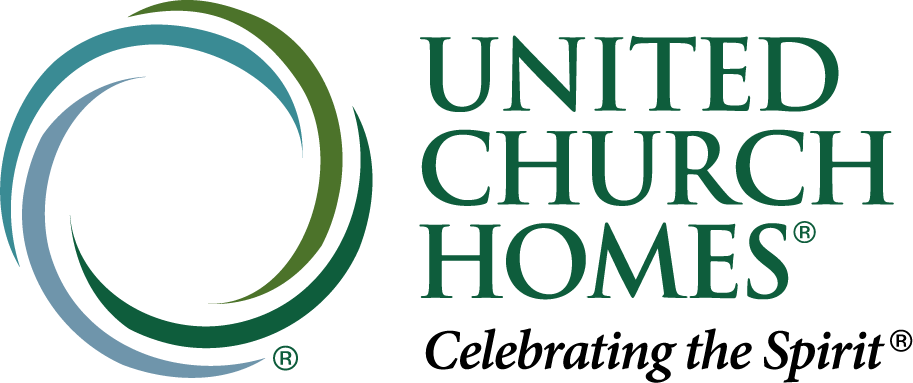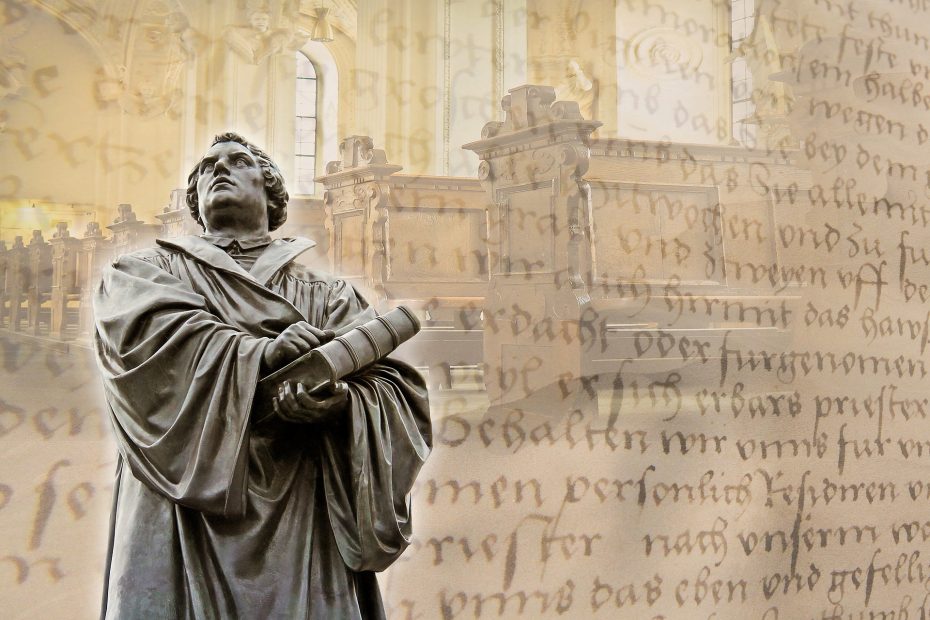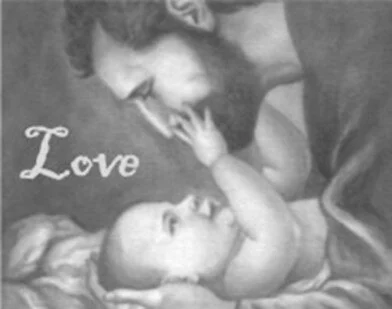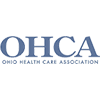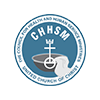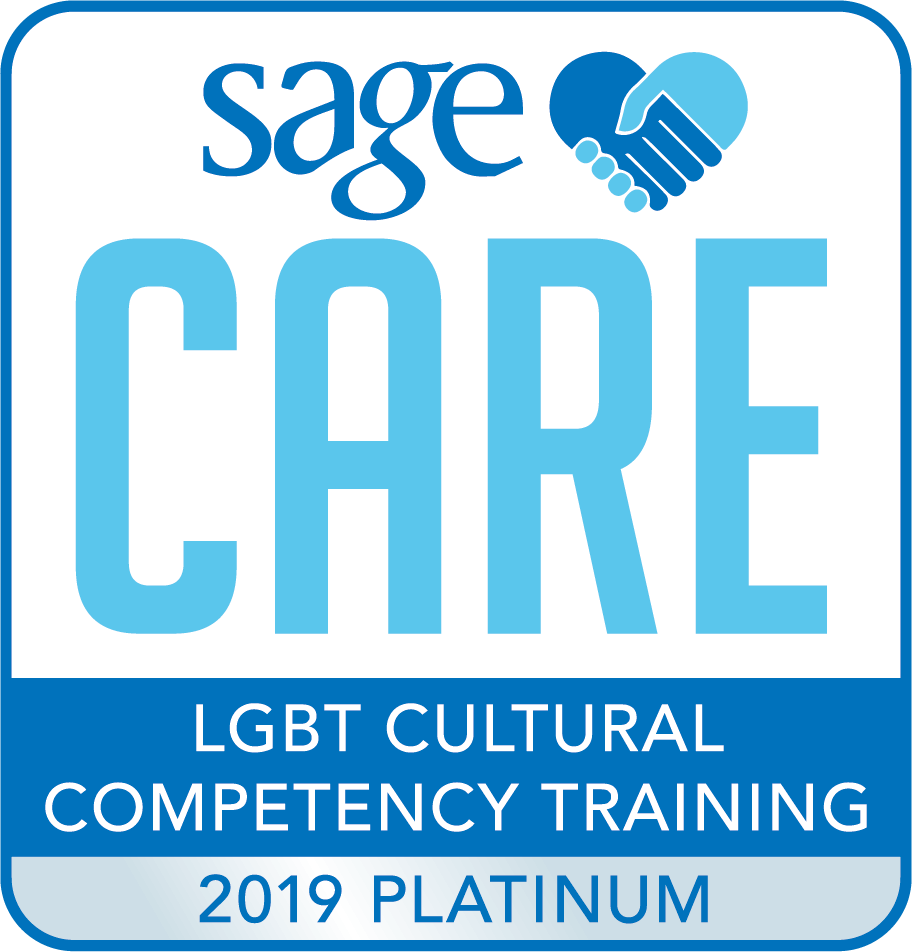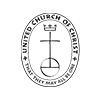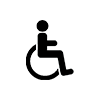Societies throughout history have experienced major events that have challenged commonly held beliefs. One such event, known as the Reformation, signaled the beginning of the modern era on Oct. 31,1517. Martin Luther, a disgruntled priest, nailed 95 Theses (or disputes) to the door of Wittenberg Catholic Church in Germany. The 95 Theses identified abusive practices of the Catholic Church hierarchy. Through thoughtful scriptural references, Luther also challenged the Catholic doctrine on the sovereignty of God, and celebrated the priesthood of all believers.
What separated Martin Luther from a long history of other disgruntled theologians was the newly created power of mass communication. Gutenberg’s invention of the printing press was an opportunity for the first time in history to publish the Bible in mass quantities and in the German language. Previously, it only had been available to scholars and theologians in Latin and Greek. Luther’s prolific publication of pamphlets presented additional opportunities for people to read and reflect. This increased public discourse and opportunities for discussion about the role of the church, the theologically identified belief of God’s loving presence and the gift of saving grace that flows through all people’s lives. Martin Luther’s 95 Theses opened the door for deep discussion and created radical change in the life of the church. It also ushered a transformation of long-held beliefs that impacted all aspects of society and culture.
Fast forward 500 years to today’s rapidly changing technological society. Dr. Laura L. Carstensen, professor of psychology and the Fairleigh S. Dickinson Jr. professor in public policy at Stanford University, as well as founding director of the Stanford Center on Longevity, has been heralding another major historical trend. Dr. Carstensen’s research cites the radically changing nature of society’s understanding of aging. In her Ted Talk, Dr. Carstensen says, “More years were added to people’s lives in the 20th century than all years added across prior human millennia.” The combined impact of longevity intersects this generation’s understanding of culture, science and technology. Dr. Carstensen maintains that “soon families may actually experience four, five or even six living generations.”
Upending society’s understanding of one’s potential lifespan in this 21st century has the same powerful impact as Martin Luther’s 95 Theses nailed to the door of the Catholic Church in Germany. The era of the printing press is dwarfed by the rapid technological advances that modern science continues to research by developing quality healthcare standards, disease prevention, good nutrition, medication management, advanced surgical equipment and specialized operating techniques.
Longevity has created the amazing gift of additional years and a wondrous opportunity for people to learn, grow, define multiple career paths and participate within every aspect of society in different, exciting and meaningful ways. This radical advance in the lifespan of aging allows people to lead active and vital lives into their 80s and 90s.
Along with this benefit comes challenge. How can we fully embrace, celebrate and communicate the amazing opportunities these additional years add to our lifespans? Obviously, radical change already has profoundly impacted this generation, every aspect of family life, culture and society. People also have an additional individual responsibility to address these joys and challenges from a holistic mind, body and spiritual perspective that surround the aging process. Communication and conversation are essential in creating change. Please join us in conversation as we brainstorm and journey together, envisioning the aspects of this longer lifespan as a creative blessing.
View all articles by:
